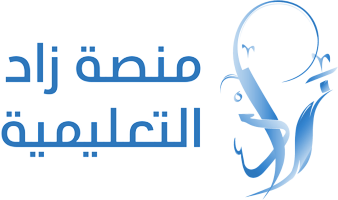Formal meetings can be necessary to communicate information to a specific department or to the entire company as a whole. Meetings that are formal usually have a set agenda, defined roles and strict procedures. They are designed to maximize effectiveness and enable effective decision-making, with results documented in detailed meeting minutes.
The person who takes minutes during these meetings typically follows a strict structure and uses formal language in their minutes. There might also be a set of guidelines regarding who is allowed to speak when, and for the length of time. These meetings can be held in a conference hall, however, they are usually conducted through video conference.
In informal meetings, participants feel more comfortable expressing their opinions and thoughts. This creates an environment that is more collaborative and is especially useful for teams that work from home or are scattered geographically.
It is crucial for attendees to be fully involved in both informal and formal gatherings, so they can understand the information shared and perspectives discussed. You can achieve this by engaging methods like Q&A sessions or group discussions. Diverse viewpoints can also help to create more innovative solutions and more engaging discussions. Whatever the tone or format of the meeting, it’s crucial to web document key points and action items. This helps ensure accountability and serves as a reference for future decisions and actions.
